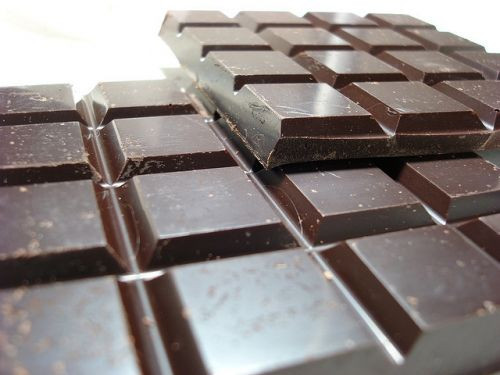Melt-Proof, Temperature-Resistant Cadbury Chocolate Comes Under Fire

Confectioner Cadbury has filed a patent for a chocolate that stubbornly refuses to melt, withstanding a sweltering 104 degrees Fahrenheit for over three hours.
The chocolate company says that it believes that it will sell the product line in countries that have hot temperatures for much of the year, like India and Brazil. The company adds that this product line holds a bonus for low- and middle-income countries that do not have the resources to necessarily keep normal chocolates solid during the entire production process.
Typical chocolates normally melt at around a temperature of 93.2 degrees Fahrenheit.
The chocolate company says in its patent that the difference lies in its conching process. Commercial chocolate manufacturers conch chocolate by lining a container with metal beads to grind ingredients like cocoa butter, sugar, milk, and vegetable oils.
In the refined conching process, sugar is broken down into smaller pieces than usual. This change reduces the amount of fat that covers the sugar particles, allowing the chocolate to be less susceptible to hot temperatures.
Though anyone who has ever made the unfortunate mistake of leaving chocolate in the car on a hot summer day welcomes this news, Cadbury is coming under a litany of criticism. Cadbury was founded in the United Kingdom and is still enjoyed by many in the area, even though the company was bought by the United States' organization Kraft in 2010. Robert Halfon, a Conservative member of Parliament, said that he felt like the candy manufacturer was giving the best of itself overseas.
Cadbury, meanwhile, is waving off the criticism. Tony Bilsborough, the head of Corporate Affairs for Kraft Foods, said that the chocolate "simply would not sell" in the United Kingdom.
"To be honest I don't think any chocoholics would welcome this recipe because it would not taste as good as Dairy Milk," he said to Huffington Post.
That statement gives way to the other major criticism of the new chocolate: that the changes in temperature resistance are not possible without altering the taste.
"The melting point is what makes the bar so attractive, as that is what releases the flavour. If it melts at a higher temperature, it will take longer for it to melt in the mouth," Bilsborough admitted.



























